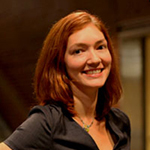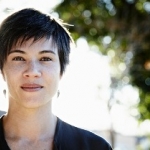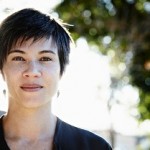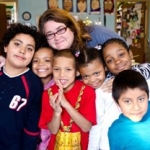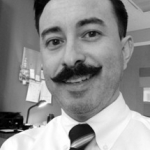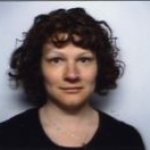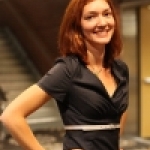
Michelle Paul
Automated Asks and Personalized Packages: Arts Management in 2023
Posted by Apr 14, 2014

Michelle Paul
For the past nine years, I've been in the business of creating new technology systems for the arts, and teaching arts managers (particularly those in marketing, development, and box office roles) how to get the most value out of the tools available to them.
The world's technology landscape has changed dramatically in the nine years I've been at my job. Thanks to all the amazing developments that have happened since early 2005 (YouTube, iPhones, and Twitter ...just to name a few), today's arts patrons are more tech savvy, more connected, and more engaged than they were when I started working in this industry.
Many of today's arts managers are keenly aware of the opportunity that this presents, but there are some who look at these trends and sound alarm bells for the end of the arts world as we know it. With so many “high tech” entertainment options available, will people continue to value traditional art forms? If the very idea of "tweet seats" makes you shudder, it's easy enough to look at technological advancement as yet another challenge that's facing the arts.
Read More
